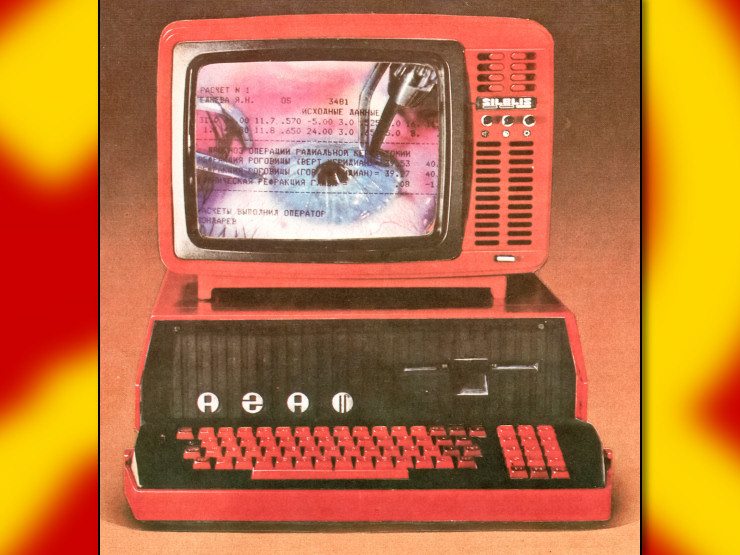Or, struggle session: give me your best electricity analogies
I passed my physics classes in high school from simply memorizing the formula. I never thought too deeply about electricity until now because I want to preserve the life of my electronics. The water hose somewhat makes sense to me, but I need something a bit more concrete.
- Amps/Current: the electrons; the thing that is actually powering electronics
- Volts/Voltage: the
“speed”“pressure” of amps.I know that it’s not technically speed, but it’s measuring the movement of amps right? Can we agree for layman’s purposes that it’s the speed? - Watts: How much work is done, or a summary of your power situation
So, the analogy of an airport
- The charger: Security checkpoint
- The battery: The terminal
- The device: the plane
Charger: checkpoint
Input: 200V 5A
- At an urgency level of 200V (i.e. people want to rush home before weather cancels the flight), 5 customers arrive at the checkpoint waiting line at a time
Output: 100V 3A
- The checkpoint is operating at an urgency of 100V, and they process 3 customers then send them to the terminal
Checkpoint B can screen 6 customers an urgency level of 100 (100V 6A)
Terminal: battery
Input: 100V 3A
- The terminal can handle a level 100 urgency, and 3 passengers from the checkpoint enter
- You can have more than 3 passengers enter the terminal at an urgency level of 100 (e.g. 100V 6A), but it may overcrowd or the planes may take off sooner
- If the airport is advanced enough, it will always only let 3 passengers through no matter what the urgency level is
- You can let less than 3 passengers enter the terminal at an urgency level of 100, but it will take a longer time before the terminal is full, and perhaps a longer time before the plane can take off (or maybe the plane/device keeps losing money/power because not enough passengers/amps are entering)
- The terminal is not designed for an urgency level of over 100 because there’s not enough room or resources to handle that pressure
- (What if you have 3V 100A?) - It’s a busy, normal day. 100 passengers are slowly moving through the airport because there’s no pressure compelling them to rush
- The terminal has a capacity of 500wH, so 500 max passengers?
Output: 25V 2A
- The terminal boarding area is not feeling much pressure, so they have an urgency of 25 and sending 2 customers in the plane at a time
Plane: device
Input: 25V 2A
- The plane is not feeling much pressure, so they have an urgency of 25 and accepting 2 customers at a time
And in the context of headphones, amplifiers would be… extra employees pushing more passengers into the plane?
Transistors and other semiconductors work because there are tiny little elves inside passing electrons and holes along.
Nonsense, everyone knows it’s the magic blue smoke inside the chips that makes them work, because when you let the magic blue smoke out they stop working.
I think the hose and marble analogy is still a good one
garden hose - conductor
marbles - electrons, charge carriers
Current - number of marbles thru a cross sectional area of the hose per second
Voltage - the force your using to push the marbles thru the hose
Resistance - measure of how easy/hard hose allows flow of marbles
If you make hose diameter smaller (increase resistance) you need to increase voltage push to maintain same marble current thru hose if you make hose diameter larger (lower resistance) then you need lower voltage push to maintain same current hose diameter smaller & voltage same the less marbles out the end -> less current hose diamter larger & voltage same get more marbles thru -> higher current
the analogy also works for signal velocity vs electron drift
signal velocity would be how fast marbles start coming out the end after you start pushing on them and if the hose was already full of marbles then they start popping out the end almost instantaneously
electron drift velocity would be how long it takes for a specific marble to work its way thru the hose
a transistor is a three terminal device. the two main terminals are ends of the hose. The third terminal is like a valve in the middle of the hose. When you open the vavle the resistance between the two main terminals is very low and allows current to flo.
Close the valve and the resistance between the two main terminals is very high and does not allow current to flo.
So the basic transistor config is a on/off switch.
An amplifier is operating this valve in an approximately linear region between off and on. If you want to amplify a small audio signal you connect it to the valve.
When signal is high the valve is more open and allows more current flow and signal low valve is more closed less current.
If you tap the two main terminals as your output you get the ‘amplified’ version of the signal you applied to the valve (with amp power coming from one of the main terminals)
deleted by creator
So when you get electrocuted, you can either suffer because the voltage is low and current is too high (more energy zapping you at once), or it’s because the voltage is too high and current is low (less energy is zapping you, but it’s happening more frequently which builds up and hurts you)
Volts don’t measure the movement of amps. Volts measure the difference in potential. Amps are the thing that measures a rate, specifically a rate of coulombs per second. In your airport model, we have to start really twisting it to make things line up. Impedance (or, to simplify, resistance) is the number of the seats on the plane. Voltage is the size of the terminal. When a plane with a certain number of seats pulls into a terminal of a given size, those seats pull passengers in proportional to the size of the terminal divided by the number of seats. This flow of passengers is the current, or amperage. If the plane doesn’t have very many seats for the size of the terminal, it gets very hot from the friction of all those passengers boarding and maybe explodes unless it’s very solidly built.
What kind of questions are you trying to answer with this model, anyway?
There’s no need to use analogies.
Unless otherwise noted your battery is a chemical cell.
When current flows from the battery a chemical reaction takes place. The type of reaction determines the voltaic potential between the battery’s terminals, measured in volts. Most batteries will have several parts called “cells” stacked up to get to a certain voltaic potential. Often times the battery will get warm because the reaction releases heat.
When you charge the battery, current flows into it from the charger and a different chemical reaction takes place that reverses effects of the discharging reaction. Often times the battery will get warm because the charging reaction generates heat.
Nowadays batteries have charge controllers standing between them and the current. Charge controllers can read the voltaic potential of the whole battery and sometimes each cell, the temperature through a thermocouple or something and a bunch of other crazy crap to figure out if the battery could take a charge and if so, how much current should be allowed to flow into it and at what voltaic potential.
Your batteries are probably lithium ion unless otherwise specified. That chemistry loses storage capacity as it’s discharged more and more. So a lion battery that’s new has a longer life than one that’s been run down and charged up 1000 times.
Your computer or phone will call those charge cycles. You can see how many you did on its battery health readout.
All that is to say: leave your shit plugged in as much as possible. Fewer charge cycles means a battery that lasts many years!



